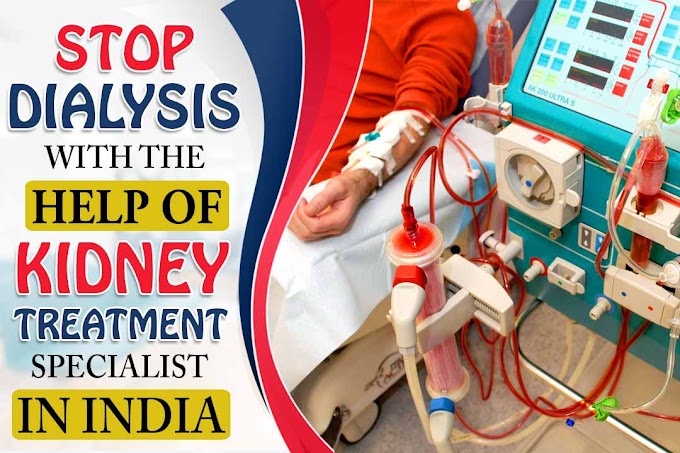Over the past few centuries, human activity has essentially changed our planet. Human beings now stay on every continent and have directly affected at least 83% of the Earth's floor. Human activities have profoundly altered the functioning of the planet's ecosystems and are triggering the mass extinction of both terrestrial and marine existence. Increasingly, leading health journals to relate to the concept of "planetary boundaries" inside which humanity can properly operate, highlighting that crossing those boundaries risks abrupt and irreversible results for worldwide human communities and ecological systems. One planetary boundary this is being rapidly approached is the atmospheric concentration of carbon dioxide that determine sour climate, with full-size implications for human health.
The cases of kidney diseases from communicable and non-communicable reasons are expected to increase worldwide, especially in those countries that are low and middle-income countries due to global warming. This increase in cases could lead to overburdening of the health care system. For this, serious action is essential to minimize the harmful negative impacts of climate change on kidney health.Many pieces of literature have shown that change in climatic conditions is a significant risk factor for the progression of communicable and non-communicable kidney diseases.
Ayurvedic Treatment for High Creatinine
Medical science will be on the leading edge of responding to the health effects of climate change. It also may have an important position to play in preparedness making plans, education, and advocacy. This article depicts the changing patterns of diseases that are probably to confront renal physicians because of climate change over the coming decades. It additionally discusses the health co-blessings conceivable from actions that mitigate our impact on the weather, with unique awareness on the unique opportunity this affords for stemming the growing tide of lifestyle-associated chronic kidney disease amongst worldwide populations.
Heatstroke and Acute Kidney Injury
One of the significant health consequences of extreme heat is heatstroke, which ends when one cannot accurately manage body temperature, resulting in hyperthermia (usually described as a temperature >40.6°C, >105°F) that could result in delirium, coma, and seizures. Heatstroke can happen during heat waves and also in association with exercise or hard work in the heat.
Exertion heatstroke is more common in military employees, marathon runners, in addition to people in mines or agricultural fields (specifical sugarcane). It is prevalent among new employees who aren't acclimatized and people who are obese. Epidemic heatstroke most generally occurs in association with heat waves and influences those who are at risk of contamination, along with the elderly, people with weight problems or diabetes, people who are malnourished, and people with underlying cardiovascular or breathing sicknesses.
Read Also This - Chronic kidney Disease in The Developing World
Classical and exertional heatstroke may be threatening and perilous, in which case they are characterized by confusion or delirium, regularly coupled with acute liver and kidney failure. Indeed, acute kidney damage is a not unusual manifestation in people imparting with epidemic heatstroke. For instance, in the 1995 heatwave in Chicago, over 50% of these presenting with heatstroke had acute kidney damage. While acute kidney damage may also accompany severe manifestations with coma and liver failure, milder heatstroke forms can best be associated with fevers and acute kidney injury.
There seem like two varieties of acute kidney harm. One form seems to be classical rhabdomyolysis (usually with creatine phosphokinase levels >1,000 µ/L), often related to hyperuricemia and signs and symptoms of dehydration. This form can be common with exertional heatstroke. The other form is related to ordinary or only mildly increased creatine levels and is more common in epidemic heatstroke. Indeed, unlike rhabdomyolysis, wherein the harm appears more like an acute tubular injury, the second form of acute kidney damage clinically manifests greater as acute interstitial nephritis, with urinary leukocytosis and hematuria. It is a concept that this condition affects ischemia, temperature-precipitated oxidative pressure, and lowering intracellular strength stores. Heatstroke is associated with electrolyte abnormalities.












0 Comments